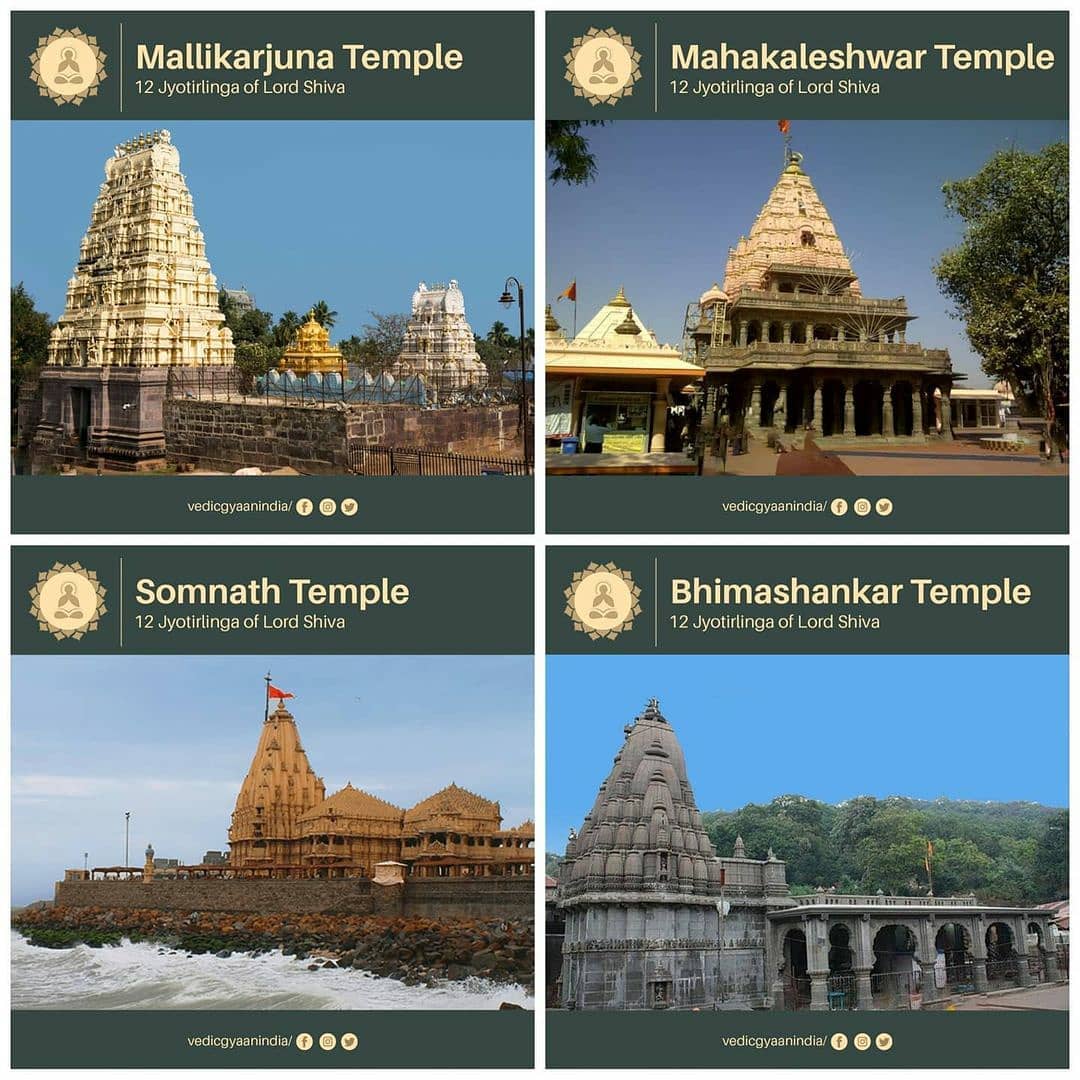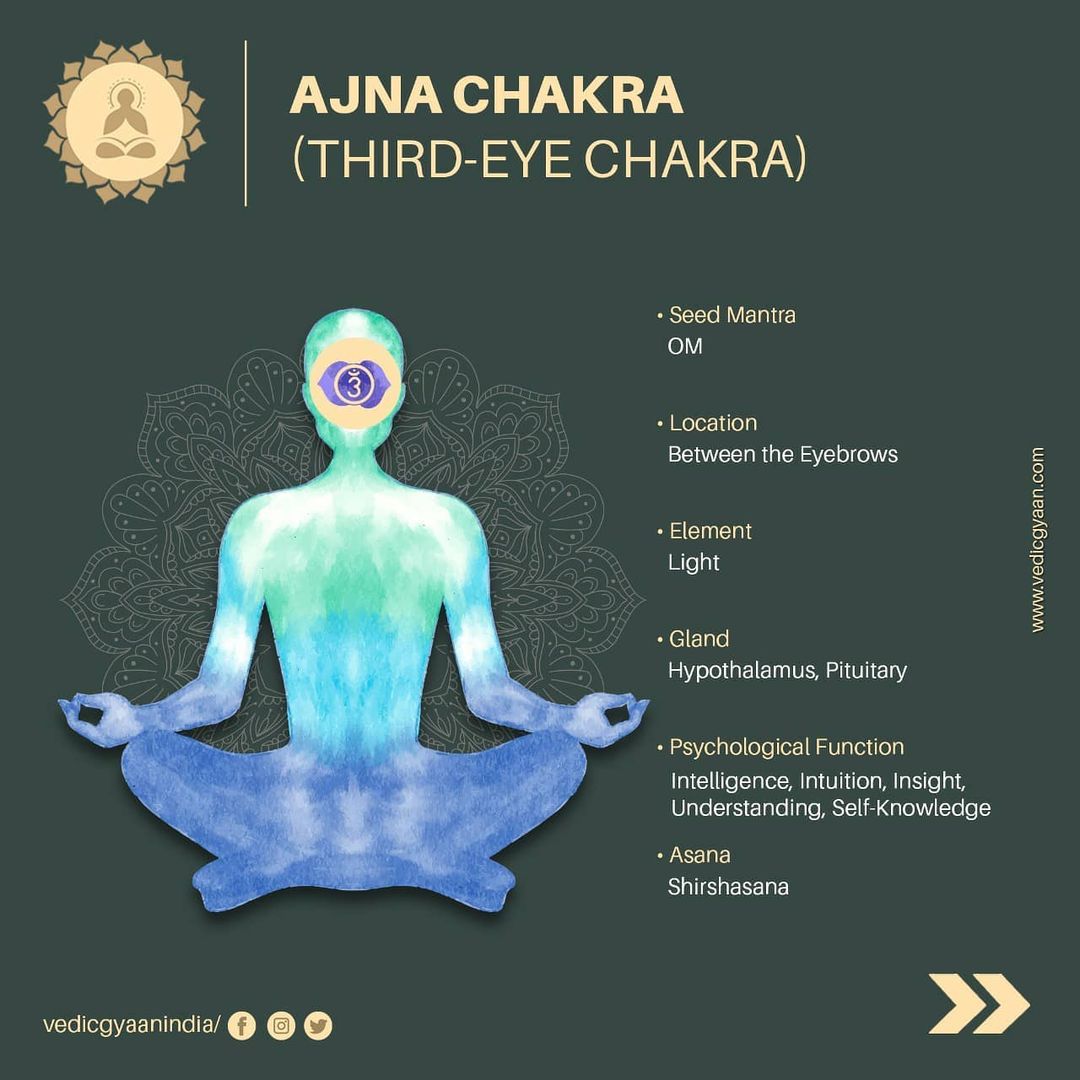
The Vedas are the holiest and first religious texts ever know to the world. They are the source of integral knowledge, science, tradition, and culture of our ancestors. The Vedas are known as oral compilations of knowledge preserved from time immemorial. They are recognized not 



only as scriptures but also as the source of Indian culture and human civilization. The word Veda means knowledge. The word comes from the Sanskrit root 'vid', which means 'to know' or to understand. It does not refer to any particular literary work but relates to a vast corpus
of literature, produced over many centuries and passed on orally from one generation to another.
Vedas are also called Shruti that means "something that is heard," i.e. the voice of God that was heard by the rishis in ancient times and spread in the world after listening,
Vedas are also called Shruti that means "something that is heard," i.e. the voice of God that was heard by the rishis in ancient times and spread in the world after listening,
through the Guru Shishya Parampara. Apart from these, other texts have been considered as Smriti - which means the texts made of human memory and intellect which are considered to be human descriptions and interpretations of Shruti itself.
The Vedas are described in the Rigveda as eternal and Apaurusheya.
There are four Vedas in Shruti:
1. Rigveda
2. Yajurveda
3. Samaveda
4. Atharva Veda
Like, comment, and share this information with everyone 🕉🕉🕉🙏🙏🙏
There are four Vedas in Shruti:
1. Rigveda
2. Yajurveda
3. Samaveda
4. Atharva Veda
Like, comment, and share this information with everyone 🕉🕉🕉🙏🙏🙏
• • •
Missing some Tweet in this thread? You can try to
force a refresh





















